Collector’s Guide to Romantic Glass Figurines: A Timeless Sparkle
From a single, delicate glass rose given on an anniversary to an opulent Murano sculpture of embracing lovers, romantic glass figurines hold a unique and cherished place in the world of collectibles. They are more than mere objects; they are a medium for emotion, capturing light, color, and form to tell a story of love, devotion, and connection.
The original article on this page touched upon the simple charms of spun glass swans and flowers. This updated, comprehensive guide expands on that foundation, taking you deep into the history of this art form, introducing the iconic masters who shaped it, and providing a complete framework for understanding the “value” of these pieces, far beyond a simple price tag.
Whether you are a new collector enchanted by a sparkling crystal animal, an inheritor of an antique glass treasure, or a long-time enthusiast, this guide will illuminate the art, history, and enduring allure of romantic glass figurines.
Why We Cherish Romantic Glass
What makes glass the perfect medium for romance? Unlike porcelain or metal, glass and crystal interact with light, creating a dynamic, living presence. This interplay of light, transparency, and color imbues the pieces with a sense of life and magic.
- Fragility as a Metaphor: The delicate nature of glass mirrors the perceived fragility of love and the heart. To own and protect a glass figurine is a symbolic act of cherishing a delicate emotion.
- The Perfect Gift: The “glass anniversary” is the 15th, but glass and crystal are go-to gifts for any romantic milestone. Search trends consistently show a massive spike in interest for “glass figurines” every holiday season, confirming their role as treasured tokens of affection for weddings, anniversaries, and Valentine’s Day.
- Universal Symbols: The themes of romantic glass art are timeless. Paired swans, embracing couples, delicate roses, and linked hearts are universal symbols that transcend language and culture, speaking directly to the heart.
A Journey Through Time: A Brief History of Romantic Glass Art
The figurines we love today are the result of centuries of innovation. The history of romantic glass art can be traced through several key eras, each with its own distinct style and contribution.
The Venetian Cradle: Murano’s Legacy of Passion
The story of modern art glass begins in the 13th century on the Venetian island of Murano. To protect Venice from the fires of the glass furnaces, the Republic ordered all glassmakers to move to this small island. In this creative isolation, Murano’s maestri (masters) developed techniques that were the envy of the world.
- Early Themes: While early Murano glass focused on goblets and vessels, the Renaissance saw a rise in figurative sculpture.
- Key Techniques: Masters developed complex techniques like millefiori (creating patterns from “a thousand flowers”), filigrana (using delicate, embedded glass threads), and zanfirico (a complex lace-like filigree). These techniques allowed for incredible detail and vibrant, expressive art, perfect for crafting elegant dancers, ladies, and, eventually, stylized lovers.
The Dawn of Art Nouveau: René Lalique’s Naturalistic Romance
In the late 19th and early 20th centuries, French jeweler René Lalique turned his genius to glass. He defined the Art Nouveau and Art Deco styles in glass art. For Lalique, romance was found in the sublime beauty of nature and, most notably, the female form.
- Iconic Themes: Lalique’s work is filled with mythological nymphs, sensuous female figures, and the creatures of the natural world—swallows, dragonflies, and, most famously, lovebirds (doves).
- The Signature Style: He pioneered the use of verre opalescent (opalescent glass) and the dramatic contrast between clear, polished glass and a frosted, satin finish. This signature style gave his pieces a soft, ethereal glow, as if lit from within. An “R. Lalique” signature denotes a piece made during his lifetime (pre-1945) and is highly sought after by collectors.
The Mid-Century Sparkle: Spun Glass and the Studio Movement
The mid-20th century saw two diverging trends. On one hand, spun glass (or “lace glass”) figurines became incredibly popular. These were the delicate, whimsical, and often affordable pieces mentioned in the original article—tiny animals, swans, and flowers made from threads of pulled glass.
On the other hand, the 1960s saw the rise of the Studio Glass Movement, where artists like America’s Harvey Littleton and Dale Chihuly began to approach glass not as a craft, but as a medium for fine art and abstract sculpture. This movement pushed the boundaries of what glass could do, leading to the large-scale, expressive “lovers” sculptures seen from contemporary artists today.
The Titans of Crystal & Glass: Iconic Makers of Romantic Figurines
While countless artisans produce romantic glass, three names stand above all others, each with a distinct style and philosophy.
1. Murano: The Masters of Passion and Color
Murano is not a single brand, but a location home to hundreds of individual studios and maestri. A Murano romantic figurine is characterized by its fluid forms, vibrant color, and incredible technical skill.
- What to Look For: Look for sculptures of “The Lovers” (Gli Amanti), often depicted as elongated, stylized figures in an embrace. Dancers are another popular theme, capturing a moment of romantic movement.
- Signature Techniques: Modern Murano romantic sculptures often use the sommerso (“submerged”) technique, layering different colors of glass within a single, clear form, or calcedonio, which mimics the natural banding of agate.
- Iconic Studios: While many masters are anonymous, renowned studios to look for include Seguso, Barovier & Toso, Venini, and modern masters like Dino Rosin, who is famous for his large, breathtaking sculptures of couples.
2. Lalique: The Poetry of Frosted Crystal
Today, Lalique (signed “Lalique France”) continues the legacy of its founder, producing some of the world’s most elegant and recognized romantic crystal. A Lalique piece is about subtlety, texture, and the poetic capture of form.
- Iconic Romantic Pieces:
- “Deux Colombes” / “Love Birds”: The brand’s most famous romantic motif, featuring two frosted-crystal doves kissing. This is found as a standalone sculpture, on the “Sylvie” vase, and as a bottle stopper.
- “Le Baiser” (The Kiss): A small, elegant sculpture of two abstract figures, inspired by Rodin.
- The Crystal Heart: A simple, perfectly rendered, often-colored heart sculpture.
- Mythological Figures: Statuettes of “Aphrodite” or “Venus” continue René’s obsession with the female form.
- The Lalique Value: The value of a modern Lalique piece lies in its flawless crystal, the brand’s heritage, and the signature frosted finish that gives it a sensual, tactile quality.
3. Swarovski: The Brilliance of Faceted Love
Swarovski, an Austrian company, is synonymous with precision-cut, faceted crystal. Their romantic figurines are not about fluid, blown-glass forms, but about capturing and refracting light in a dazzling display. They are, quintessentially, objects of sparkle and celebration.
- Iconic Romantic Lines:
- The Swan Couple: A pair of swans, their necks forming a heart, is a classic wedding or anniversary gift.
- Kris Bears: These charming, faceted teddy bears are a massive collectible line. Romantic versions include “A Perfect Match,” “Happy Together,” and bears holding crystal hearts or flowers.
- “The Love Couple”: A recent, popular piece depicting a stylized human couple in an embrace, rendered in hundreds of facets.
- Love Birds & Flowers: Paired “Love Birds” and the “Flower Dreams” collection (featuring crystal roses and forget-me-nots) are perennial favorites.
- The Swarovski Collector: Swarovski collectors often focus on annual editions and specific series. The value is in the brand, the flawless faceting, and the joy these pieces bring as gifts.
Popular Themes in Romantic Glass Collecting
Across all makers, you will find these recurring themes. A great collection often has a mix of them.
- Classic Couples & Lovers: From abstract Murano forms to literal Swarovski couples, this is the most direct expression of romance.
- Symbols of Fidelity (Swans, Doves, Lovebirds): As seen in Lalique and Swarovski, these birds, which often mate for life, are a powerful symbol.
- The Language of Flowers: A single glass rose, unlike a real one, is “eternal love.”
- Hearts and Abstract Forms: A crystal heart is a pure, simple symbol of affection.
- Romantic Animals: Beyond swans, any pair of animals—dolphins, penguins, or even the charming Kris Bears—can be a romantic figurine.
Understanding the “Value” of Your Glass Figurines
This is the most crucial part of being a collector. The “value” of a piece is a combination of factors that determine its historical importance, quality, and desirability.
Here is how to assess the true value of a romantic glass figurine.
1. The Maker’s Mark: Signature & Brand
This is the most important starting point. Is it signed?
- Lalique: Look on the base. Is it an etched “R. Lalique” (pre-1945, generally more valuable)? Or “Lalique France” (post-1945)?
- Murano: Authenticating Murano glass is notoriously difficult. Some pieces have a maestro’s signature, a studio label (which can fall off), or a “Vetro Artistico Murano” consortium sticker. Often, it’s identified by its unmistakable style and technique.
- Swarovski: Modern pieces have the swan logo. Older pieces (pre-1988) may have the edelweiss flower logo or be unsigned.
- Unsigned: An unsigned piece can still be valuable if it’s a high-quality antique, but its origin is harder to prove.
2. Condition: The Most Critical Factor
A figurine’s condition is paramount. Inspect it in good light and run your finger gently along the edges.
- Devaluing Damage: Chips, cracks (even “hairline” cracks), and nicks will dramatically reduce the value of a piece.
- Repairs: A visible repair (like a glued-on piece) also significantly lowers collector value, though it may preserve sentimental value.
- Sickness: Antique glass can sometimes develop “sick glass,” an irreversible cloudy or “weeping” internal condition.
3. Rarity & Age
How old is it, and how many were made?
- Antique (100+ years) vs. Vintage (20-100 years): Generally, older pieces from a top maker are more valuable.
- Limited Editions: Swarovski and Lalique often release limited-edition pieces.
- Discontinued: When a popular piece is “retired,” its value on the secondary market often rises.
4. Craftsmanship & Technique
Is it a masterpiece or mass-produced?
- Handmade (Antique): Look at the base. Does it have a “pontil mark” (or “punt mark”)? This is a small, rough spot where the glass rod was broken off after the piece was hand-blown. This is a good sign of a handmade, older piece.
- Handmade (Modern): Look for complexity. A Murano sculpture with intricate filigrana or sommerso layers shows a higher level of mastery—and thus value—than a simple, single-color piece.
- Machine-Made: Modern, mass-produced glass will have smooth, molded seams and no pontil mark.
5. Material: Glass vs. Crystal
Is it crystal or just glass? “Crystal” is glass with added lead oxide (or other minerals), making it clearer, heavier, and more brilliant.
- The Tap Test: Gently tap the rim. Crystal will often have a clear, ringing “ping” that sustains, while standard glass has a duller “thud”.
- The Light Test: Hold it to the light. Crystal will act as a prism, splitting the light into rainbows. Glass typically will not.
- The Feel Test: Crystal is generally heavier than glass of the same size. Cuts and facets will feel sharper and more precise.
6. Provenance & “Eye Appeal”
- Provenance: Do you have the original box? A certificate of authenticity? A receipt from a famous gallery? This all adds to the value.
- Eye Appeal: Sometimes, a piece is valuable simply because it is beautiful, a stunning color, or an exceptionally charming subject.
The Collector’s Corner: Care, Display, and Latest Trends
How to Care for Your Romantic Glass Figurines
- Cleaning: Dust regularly with a soft, dry makeup brush. For deeper cleaning, use a soft, lint-free cloth (like a microfiber) with lukewarm water and a tiny drop of mild dish soap. Rinse and dry immediately. Never use harsh chemicals or abrasive scrubbers.
- Display: Keep them out of direct, harsh sunlight, which can fade colors over time. A stable, enclosed glass cabinet is ideal to protect them from dust and accidental knocks. Avoid placing delicate pieces in high-traffic areas or on vibrating surfaces (like a speaker).
Latest Trends in Glass Collecting
The world of glass collecting is not static. Driven by a new generation of collectors, several exciting trends are emerging:
- Customization: Reflecting a broader retail trend, collectors are seeking one-of-a-kind, personalized glass figurines. This ranges from custom-colored Murano pieces to glass art that incorporates a couple’s initials or wedding date.
- Sustainability: Eco-consciousness has entered the art world. There is a rising interest in artisans who use recycled glass to create new, beautiful sculptures.
- The “DIY” Connection: While not high-end collecting, the popularity of “fused glass” and glassblowing experience kits has lowered the barrier to entry, creating a new generation of glass lovers who appreciate the craft.
The Timeless Sparkle of Romantic Glass
From the playful, affordable charm of a spun glass animal to the museum-quality mastery of a Lalique sculpture, romantic glass figurines offer something for every collector and every heart. They are a celebration of artistry, a connection to history, and a physical embodiment of our most cherished emotion.
Whether you are starting your collection with a single crystal swan, searching for that rare Murano masterpiece, or simply cherishing a piece that was passed down through your family, you are holding a story—a story of love, captured in light.


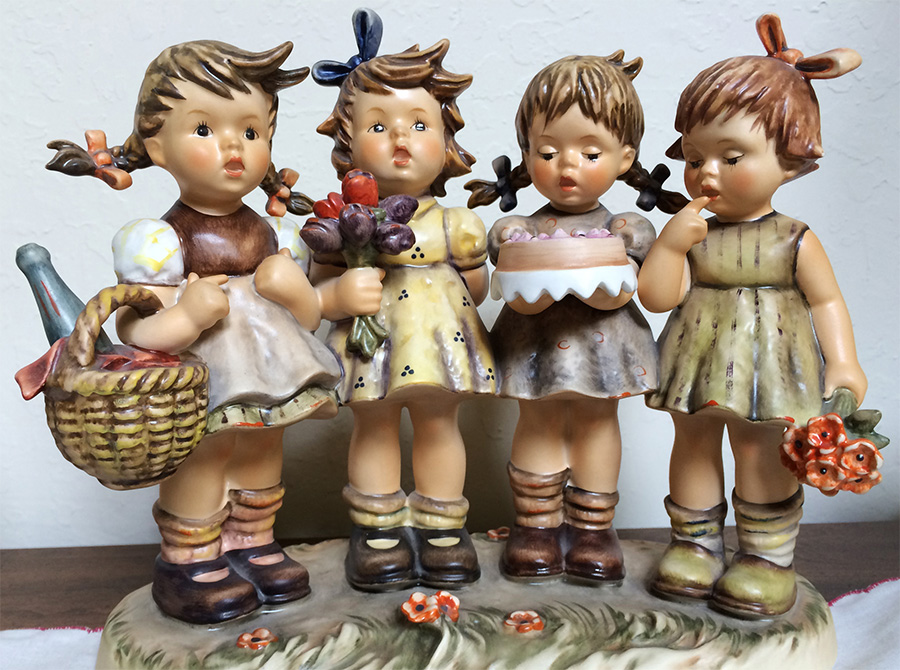
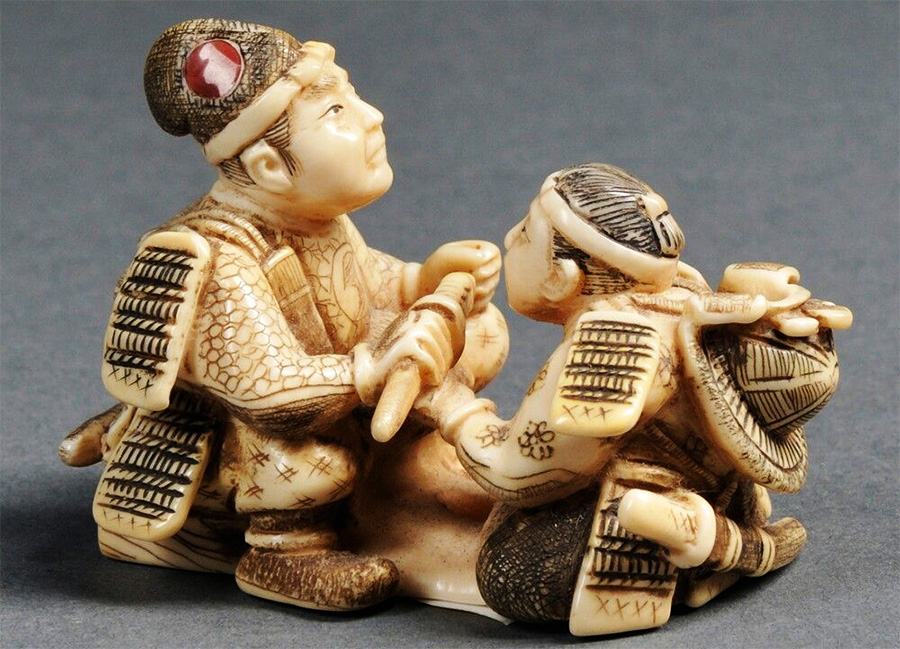
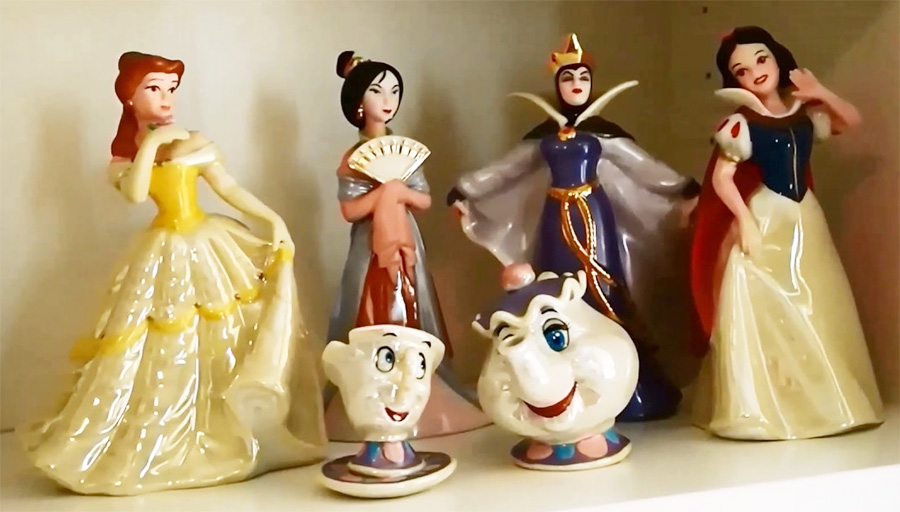
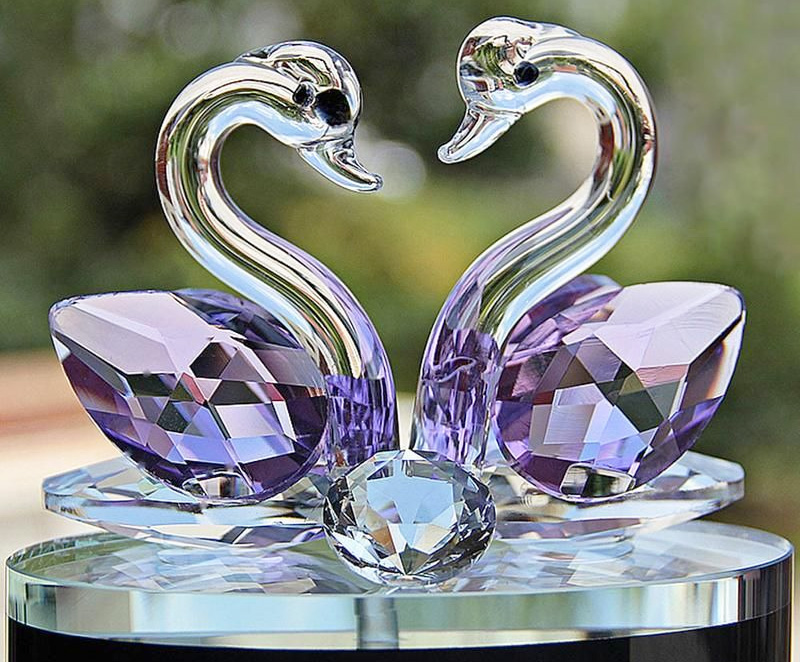
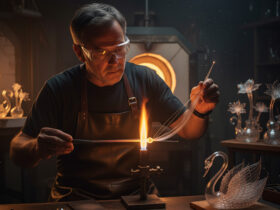
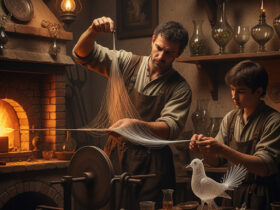
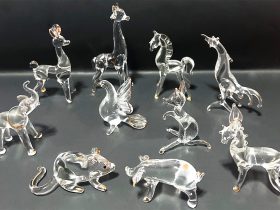
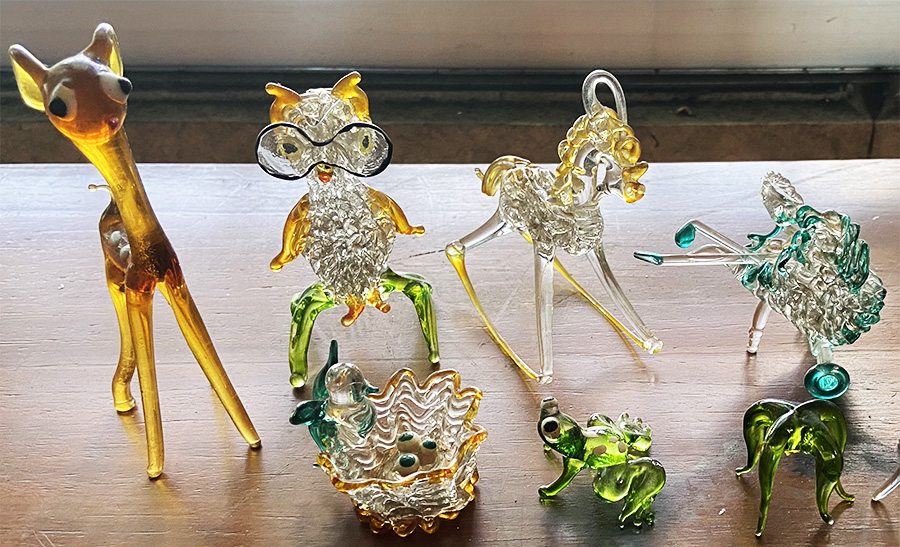
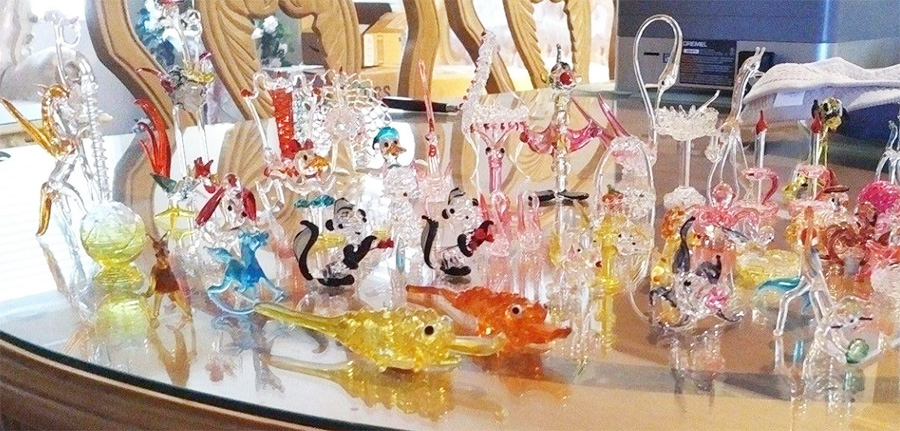
Leave a Reply